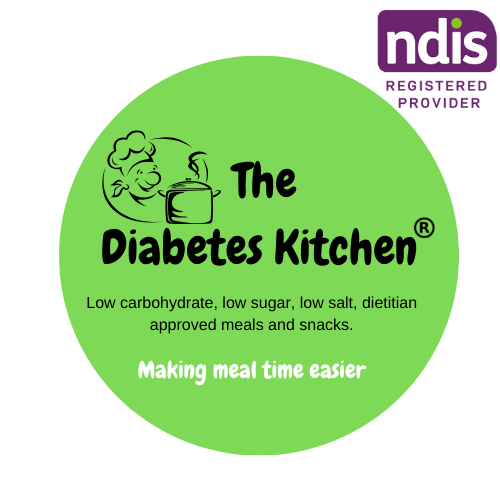Diabetes is a condition where a person has high blood sugar (glucose) levels. For our bodies to work properly we need to convert glucose (sugar) from food into energy.
Most of the cells in your body need glucose as a source of energy. When you eat carbohydrate, such as a bowl of cereal, pasta or fruit, your digestive system breaks down the carbohydrates into glucose (simple sugars), which travel through your blood stream to give energy to your cells.
Insulin is released by the beta cells in response to the rise in blood glucose levels after eating.
Insulin directs the glucose into the liver and muscle cells by promoting the storage of nutrients and preventing your blood glucose levels to rise too high. Insulin also increases the uptake of amino acids (building blocks of protein) and fatty acids (building blocks of fats) into protein and fat stores. Insulin is very important for regulating metabolism by promoting energy storage and cell growth.
The liver converts glucose that is not needed immediately for energy into glycogen which is stored in the liver. When blood glucose levels drop too low your liver is prompted to release it’s stored glycogen into glucose and release it into the bloodstream.
A normal functioning pancreas ensures there is a staple supply of nutrients for your body. This is important for certain organs such as your brain which depend on a steady supply of glucose.
In people with diabetes, insulin is no longer produced (type 1 diabetes who rely on insulin injections or pumps) or not produced in sufficient amounts by the body (type 2 diabetes). Instead of being turned into energy the glucose stays in the blood resulting in high blood glucose levels. After eating, the glucose is carried around your body in your blood.
Your blood glucose level is called glycaemia.
In a person who is overweight or obese, the cells of the body become less responsive to insulin, which in turn causes the body to secrete more insulin to maintain normal metabolism. The pancreas would usually try and compensate for this resistance by pumping out more insulin, for most people with insulin resistance, blood glucose levels stay within a normal range. But for some people, the insulin producing cells fail to keep up with this demand with blood glucose levels rising and resulting in Type 2 diabetes.
If you’re managing diabetes you can live an enjoyable life by learning about the condition and effectively managing it. Blood glucose levels can be monitored and managed through self-care, lifestyle changes and treatment. Your health professional, doctor, diabetes educator or dietitian can help you find out what works best for you.
For more information visit Diabetes Australia





